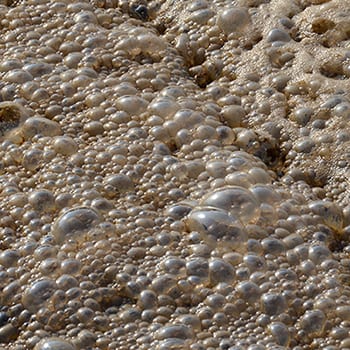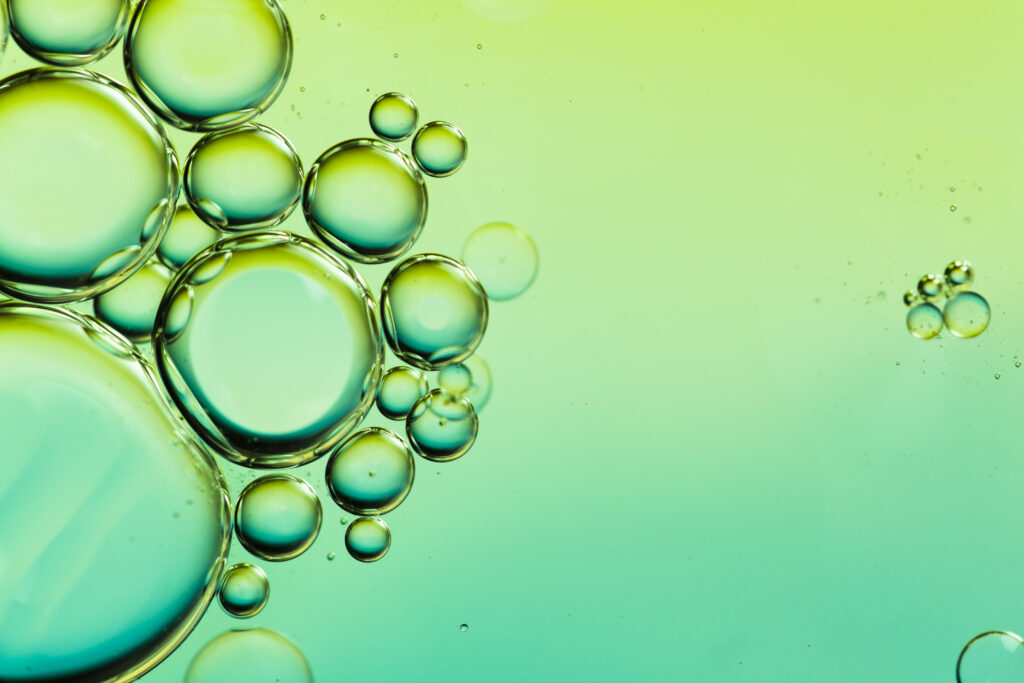How Defoamers Can Save Time and Money in Industrial Production
Wiki Article
Selecting the Right Defoamer for Your Certain Application Demands
Choosing the proper defoamer for details application requirements is a nuanced process that demands cautious consideration of multiple variables, such as the foam operating, tool, and kind conditions. Understanding the nuances of defoamer performance-- including rate and perseverance-- while likewise accounting for ecological and governing elements is crucial. Additionally, taking part in tests and speaking with manufacturers can supply beneficial understandings. Nonetheless, browsing these complexities can be difficult, and the repercussions of an inadequate option may be significant. What methods can be utilized to make certain an ideal option?Understanding Foam Formation
Foam development happens when gas is caught within a fluid, creating a steady framework of bubbles. This phenomenon can dramatically impact various industrial processes, especially in fields such as food production, drugs, and wastewater therapy. The visibility of foam can prevent mixing, minimize product high quality, and also cause functional ineffectiveness.Foam commonly develops because of a combination of aspects, including surface-active representatives, frustration, and the features of the fluid stage. Surfactants reduced the surface area stress of the fluid, promoting the formation of bubbles that can coalesce and stabilize. Agitation, whether from mechanical stirring or gas introduction, enhances bubble formation, resulting in enhanced foam volume.
Understanding the auto mechanics of foam formation is important for industries intending to maximize their procedures. By determining the certain problems that advertise foam generation, organizations can execute strategies to alleviate its impacts. This knowledge prepares for choosing suitable defoaming agents that effectively target the distinct challenges posed by foam in different applications. As a result, an extensive understanding of foam development is necessary for boosting effectiveness and maintaining item integrity across numerous markets.
Kinds Of Defoamers Available
Various kinds of defoamers are available to attend to the obstacles posed by foam in industrial applications. defoamers. Extensively identified, defoamers fall under 3 groups: silicone-based, non-silicone-based, and natural defoamersSilicone-based defoamers are renowned for their effectiveness and security throughout a vast array of temperature levels and pH levels. They are typically utilized in applications where strong foam reductions is essential, such as in layers, paints, and adhesives. Their reduced surface tension permits rapid foam collapse.
Non-silicone-based defoamers, commonly made from natural substances, supply an option for applications conscious silicone deposits. These defoamers can be more separated into polyether and ester types, each tailored to satisfy certain solution requirements. Non-silicone defoamers are frequently used in food processing and personal treatment items because of their compatibility with different formulations.
Natural defoamers, stemmed from plant or animal resources, are getting grip as a result of their eco-friendly profile. These products are particularly appealing in applications where regulatory compliance and sustainability are extremely important, such as in agrochemicals and biotechnology.
Picking the right kind of defoamer is important for optimizing efficiency and guaranteeing compatibility with particular applications.
Key Application Considerations
When selecting a defoamer, it is necessary to consider the details application requirements to ensure optimum efficiency. defoamers. Different industries have distinctive requirements, such as food processing, drugs, or wastewater therapy, and each application may call for special defoaming buildingsTrick aspects to assess consist of the tool in which the defoamer will certainly be used, whether it is water-based, oil-based, or a mix thereof. The temperature and pH degrees of the application see here now can also significantly affect the performance of a defoamer. In addition, compatibility with various other chemicals existing in the system is critical to protect against negative reactions that can compromise efficiency.
One more important factor to consider is the frothing actions of the certain system. Understanding whether the foam develops promptly or gradually can direct the option of a defoamer More hints that targets the origin effectively. The preferred rate of defoaming can affect the option, as some applications need fast activity while others might tolerate slower defoaming procedures.
Lastly, environmental and regulative factors to consider should not be overlooked, especially in sectors with rigorous compliance demands. Selecting a defoamer that aligns with these aspects makes certain both effectiveness and safety and security in the application.

Performance Testing Methods
Evaluating the efficiency of a defoamer calls for a systematic approach to testing that properly gauges its effectiveness in details applications. Various efficiency learn this here now testing approaches can be utilized to ascertain the optimum defoamer for a provided formula.One common approach is the bubble test, which evaluates the defoamer's capability to decrease foam volume over time. This test entails producing a secure foam and then including the defoamer to observe the rate of foam collapse.

Eventually, choosing the proper performance testing method depends on the particular application and the sort of foam being addressed. Each method supplies useful information that can direct solution modifications and enhance the efficiency of the defoamer in useful applications.
Best Practices for Selection


Following, take into consideration the defoamer's performance in regards to speed of action and determination. A quick-acting defoamer may be required for processes where quick foam reductions is critical, while a much more consistent formula may be needed for long term foam control. Additionally, evaluate the environmental influence of the defoamer, including its biodegradability and any kind of regulatory compliance demands.
Conduct tests with picked defoamers to identify their performance in real-world problems. By sticking to these finest techniques, you can improve foam control efficiency and make certain the long life of your processes.
Conclusion
In recap, selecting the appropriate defoamer requires a detailed evaluation of various factors, including foam kind, medium, operating problems, and ecological factors to consider. Recognizing the distinct characteristics of foam formation and the offered defoamer options is vital. Additionally, utilizing effective performance screening approaches and adhering to best methods throughout the selection process will certainly improve the likelihood of accomplishing ideal defoaming outcomes. Eventually, a knowledgeable option strategy will attend to particular application demands and mitigate foaming difficulties properly.Selecting the suitable defoamer for details application needs is a nuanced procedure that requires mindful consideration of numerous variables, such as the foam kind, tool, and operating problems.Selecting the right defoamer is critical for attaining optimum efficiency in foam control applications. A quick-acting defoamer may be essential for processes where rapid foam reductions is essential, while a much more persistent formulation could be required for prolonged foam control.In recap, picking the proper defoamer requires a detailed analysis of numerous aspects, including foam kind, tool, operating problems, and ecological considerations. Understanding the unique characteristics of foam formation and the readily available defoamer choices is essential.
Report this wiki page